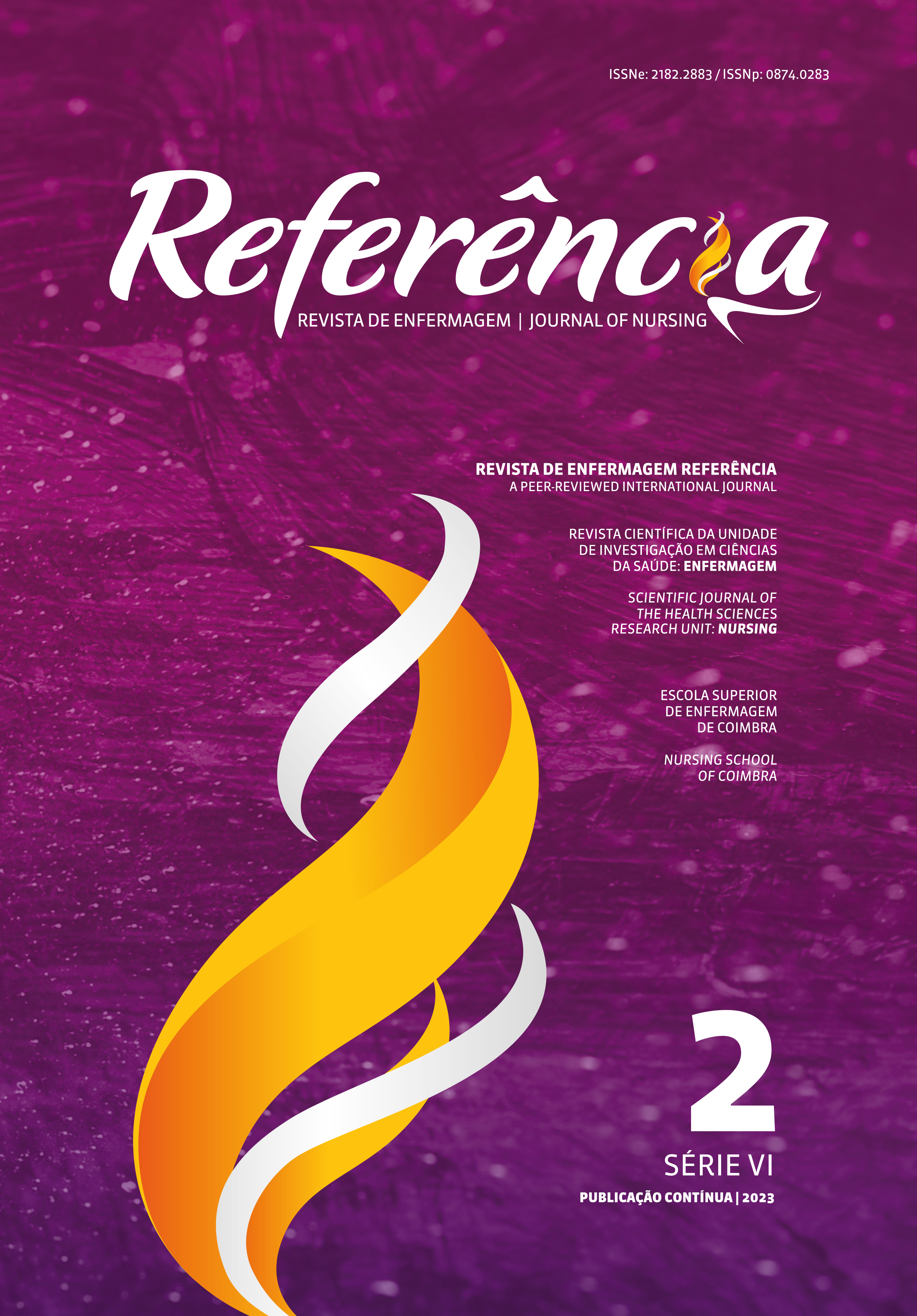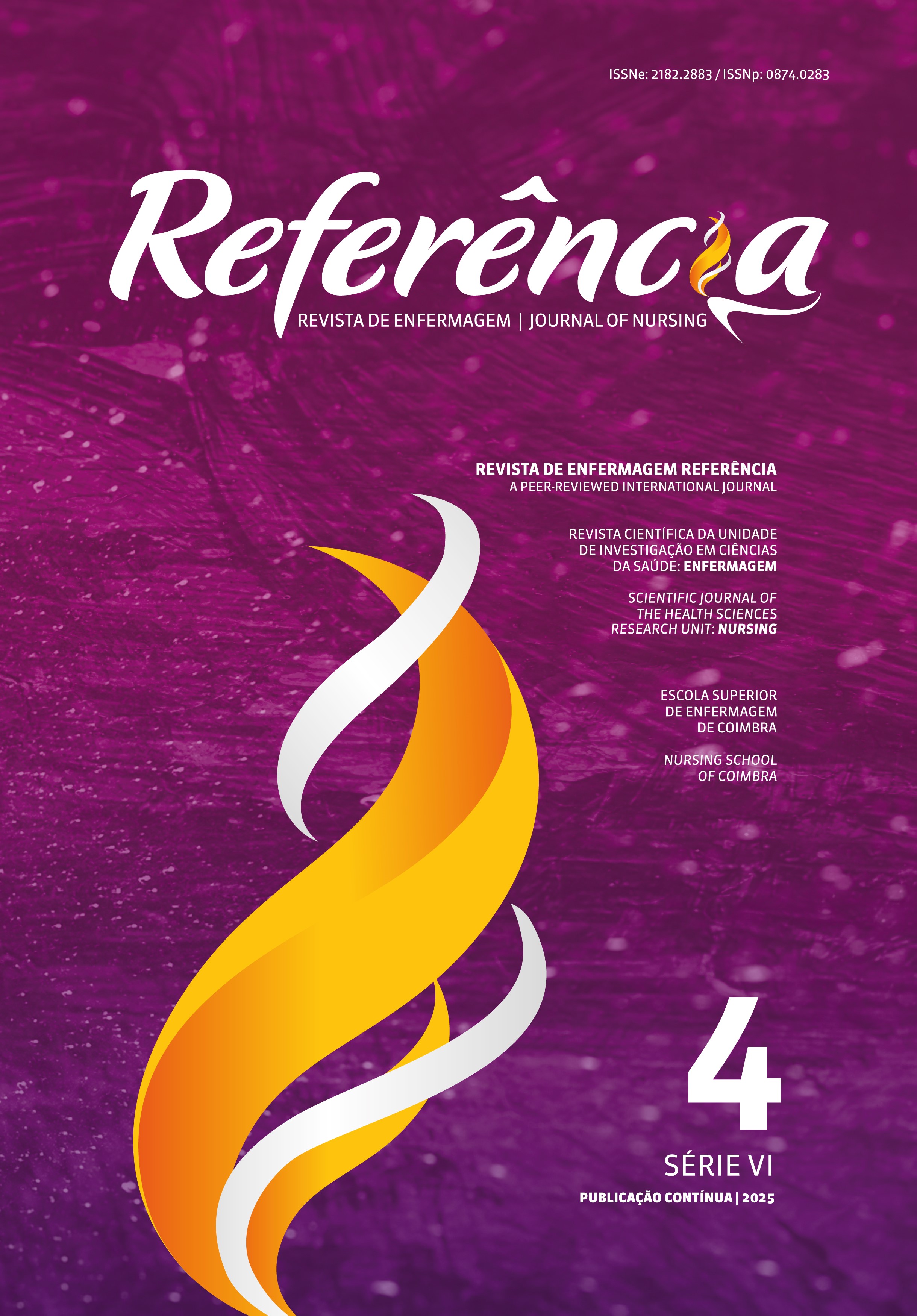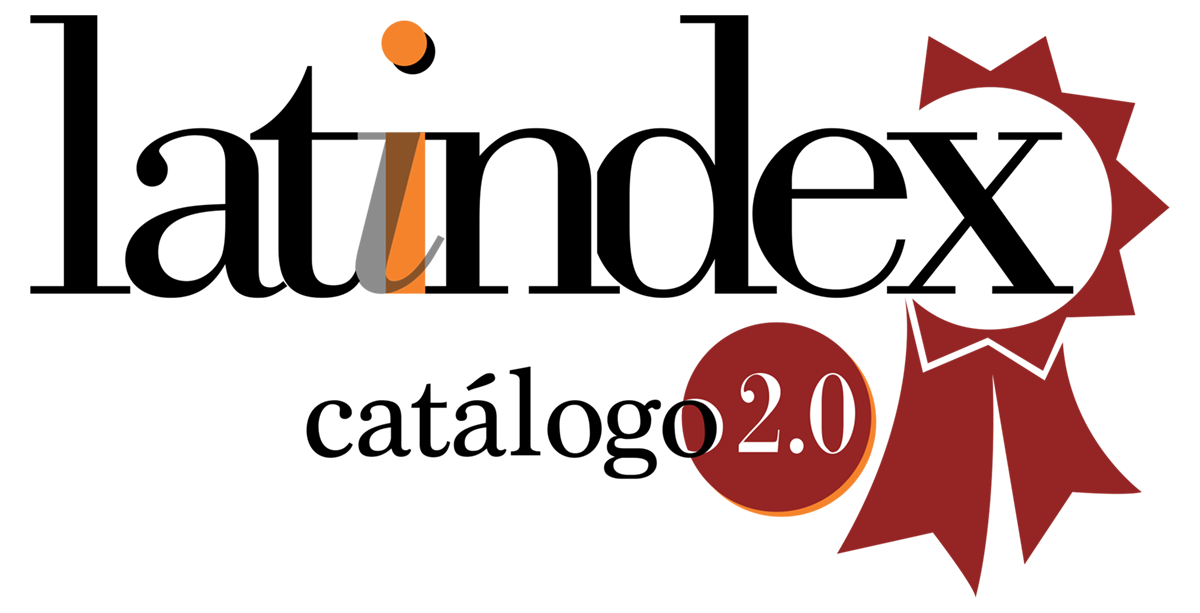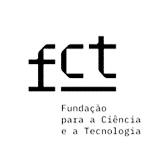Chronic wound healing with copaiba oleoresin application
DOI:
https://doi.org/10.12707/RVI22045Keywords:
case series, copaifera, wound healingAbstract
Background: Chronic wounds represent a growing health problem in several countries. Ethnobotanical and preclinical studies suggest that copaiba oleoresin (Copaifera sp.) has healing properties.
Objective: To evaluate the clinical application of copaiba oleoresin in chronic wound healing.
Methodology: Retrospective case series study consisting of 6 participants with chronic wounds treated with 7% copaiba oleoresin with sunflower oil or 10% copaiba ointment. The primary endpoint was the percentage reduction in wound area at the end of follow-up.
Results: Mean age of participants was 54.5 (SD = 11.5) years. The causes of wounds were vascular (n = 3), surgical (n = 2), and traumatic (n = 1). All participants had a reduction of the wound area ranging from 15.5% to 100% during the follow-up (8 to 15 weeks). No complications were observed.
Conclusion: Treatment with copaiba oleoresin proved to be an effective and safe option in chronic wound treatment.
Downloads
References
Agência Nacional de Vigilância Sanitária. (2011). Formulário de Fitoterápicos da Farmacopeia Brasileira. Agência Nacional de VigilânciaSanitária.
Agência Nacional de Vigilância Sanitária. (2021). Formulário de Fitoterápicos da Farmacopeia Brasileira (2ª ed.). Agência Nacional de Vigilância Sanitária.
Becker, G., Brusco, I., Casoti, R., Marchiori, M. C., Cruz, L., Trevisan, G., & Oliveira, S. M. (2020). Copaiba oleoresin has topical antinociceptive activity in a UVB radiation-induced skin-burn model in mice. Journal of Ethnopharmacology, 250. https://doi.org/10.1016/j.jep.2019.112476
Dias, F. G., Pereira, L. F., Furtado, R. A., Magalhães, G. M., Miguel, M. P., Dias, L. G., Jorge, A. T., Honsho, C. S., Ambrósio, S. R., Bastos, J. K., Carrijo, M. S., & Tavares, D. C. (2021). Topical formulations containing copaifera duckei dwyer oleoresin improve cutaneous wound healing. Avicenna Journal of Phytomedicine, 11(2), 120-133. https://doi.org/10.22038/AJP.2020.16821
Gushiken, L. F., Hussni, C. A., Bastos, J. K., Rozza, A. L., Beserra, F. P., Vieira, A. J., Padovani, C. R., Lemos, M., Polizello Junior, M., Silva, J. J., Nóbrega, R. H., Martinez, E. R., & Pellizzon, C. H. (2017). Skin wound healing potential and mechanisms of the hydroalcoholic extract of leaves and oleoresin of copaifera langsdorffdesf. kuntze in rats. Evidence-based Complementary and Alternative Medicine, 2017, 1-17. https://doi.org/10.1155/2017/6589270
Instituto Brasileiro de Geografia e Estatística. (2022). Instituto Brasileiro de Geografia e Estatística: Cidades. https://cidades.ibge.gov.br/
Kauer, D. P., Alonso, J. M., Gushiken, L. F., Lemos, M., Padovani, C. R., Rodrigues, C. A., Alves, A. L., Watanabe, M. J., Bastos, J. K., Pellizzon, C. H., & Hussni, C. A. (2020). Experimental skin wound treatment with copaifera langsdorffii desf kuntze (leguminosae) extract and oil-resin in horses. Brazilian Journal of Veterinary Research and Animal Science, 57(3). https://doi.org/10.11606/issn.1678-4456.bjvras.2020.166095
Khoo, R., & Jansen, S. (2016). The evolving field of wound measurement techniques: A literature review. Wounds: A Compendium of Clinical Research and Practice, 28(6), 175-181. https://www.researchgate.net/publication/304911038
Kyaw, B. M., Järbrink, K., Martinengo, L., Car, J., Harding, K., & Schmidtchen, A. (2018). Need for improved definition of “chronic wounds” in clinical studies. Acta Dermato-Venereologica, 98(1), 157-158. https://doi.org/10.2340/00015555-2786
Martinengo, L., Olsson, M., Bajpai, R., Soljak, M., Upton, Z., Schmidtchen, A., Car, J., & Järbrink, K. (2019). Prevalence of chronic wounds in the general population: Systematic review and meta-analysis of observational studies. Annals of Epidemiology, 29, 8-15. https://doi.org/10.1016/j.annepidem.2018.10.005
Mehl, A. A., Schneider, B., Schneider, F. K., & Carvalho, B. H. (2020). Measurement of wound area for early analysis of the scarpredictive factor. Revista Latino-Americana de Enfermagem, 28, e3299. https://doi.org/10.1590/1518-8345.3708.3299
Oliveira, A. C., Rocha, D. M., Bezerra, S. M., Andrade, E. M., Santos, A. M., & Nogueira, L. T. (2019a). Qualidade de vida de pessoas com feridas crônicas. Acta Paulista de Enfermagem, 32(2), 194-201. https://doi.org/10.1590/1982-0194201900027
Oliveira, M. F., Viana, B. J., Matozinhos, F. P., Silva, M. M., Pinto, D. M., Moreira, A. D., Velásquez-Meléndez, G., & Gomes, F. S. (2019b). Lower limb wounds in diabetic and non-diabetic patients: Survival analysis. Revista gaucha de enfermagem, 40, e20180016. https://doi.org/10.1590/1983-1447.2019.20180016
Quemel, G. K., Costa, A. B., Teixeira, I. F., Machado, I. N., Machado, T. N., Machado, V. S., & Oliveira, N. C. (2021). Propriedades medicinais do óleo da copaifera langsdorfii: Uma revisão integrativa da literatura. Brazilian Journal of Health Review, 4(3), 10490-10508. https://doi.org/10.34119/bjhrv4n3-072
Ricardo, L. M., Dias, B. M., Mügge, F. L., Leite, V., & Brandão, M. G. (2018). Evidence of traditionality of Brazilian medicinal plants: The case studies of stryphnodendron adstringens (mart.) coville (barbatimão) barks and copaifera spp. (copaíba) oleoresin in wound healing. Journal of Ethnopharmacology, 219, 319-336. https://doi.org/10.1016/j.jep.2018.02.042
Rocha, L. P., Alves, J. V., Aguiar, I. F., Silva, F. H., Silva, R. L., Arruda, L. G., Nascimento Filho, E. J., Barbosa, B. V., Amorim, L. C., Silva, P. M., & Silva, M. V. (2021). Uso de plantas medicinais:
Histórico e relevância. Research, Society and Development, 10(10), e44101018282. https://doi.org/10.33448/rsd-v10i10.18282
Silva, A. G., Puziol, P. F., Leitão, R. N., Gomes, T. R., Scherer, R., Martins, M. L., Cavalcanti, A. S., & Cavalcanti, L. C. (2012). Application of the essential oil from copaiba (copaifera langsdorffdesf.) for acne vulgaris: A double-blind, placebo controlled clinical trial. Alternative Medicine Review, 17(1), 69-75. https://www.researchgate.net/profile/Ary-Silva-2/publication/224036437_Application_of_the_Essential_Oil_from_Copaiba_Copaifera_langsdorffii_Desf_for_Acne_Vulgaris_a_Double-Blind_Placebo_Controlled_Clinical_Trial/links/00b495221e91b7f395000000/Application-of-the-Essential-Oil-from-Copaiba-Copaifera-langsdorffii-Desf-for-Acne-Vulgaris-a-Double-Blind-Placebo-Controlled-Clinical-Trial.pdf
Thaarup, I. C., & Bjarnsholt, T. (2021). Current in vitro biofilm-infected chronic wound models for developing new treatment possibilities. Advances in Wound Care, 10(2). https://doi.org/10.1089/wound.2020.1176






















